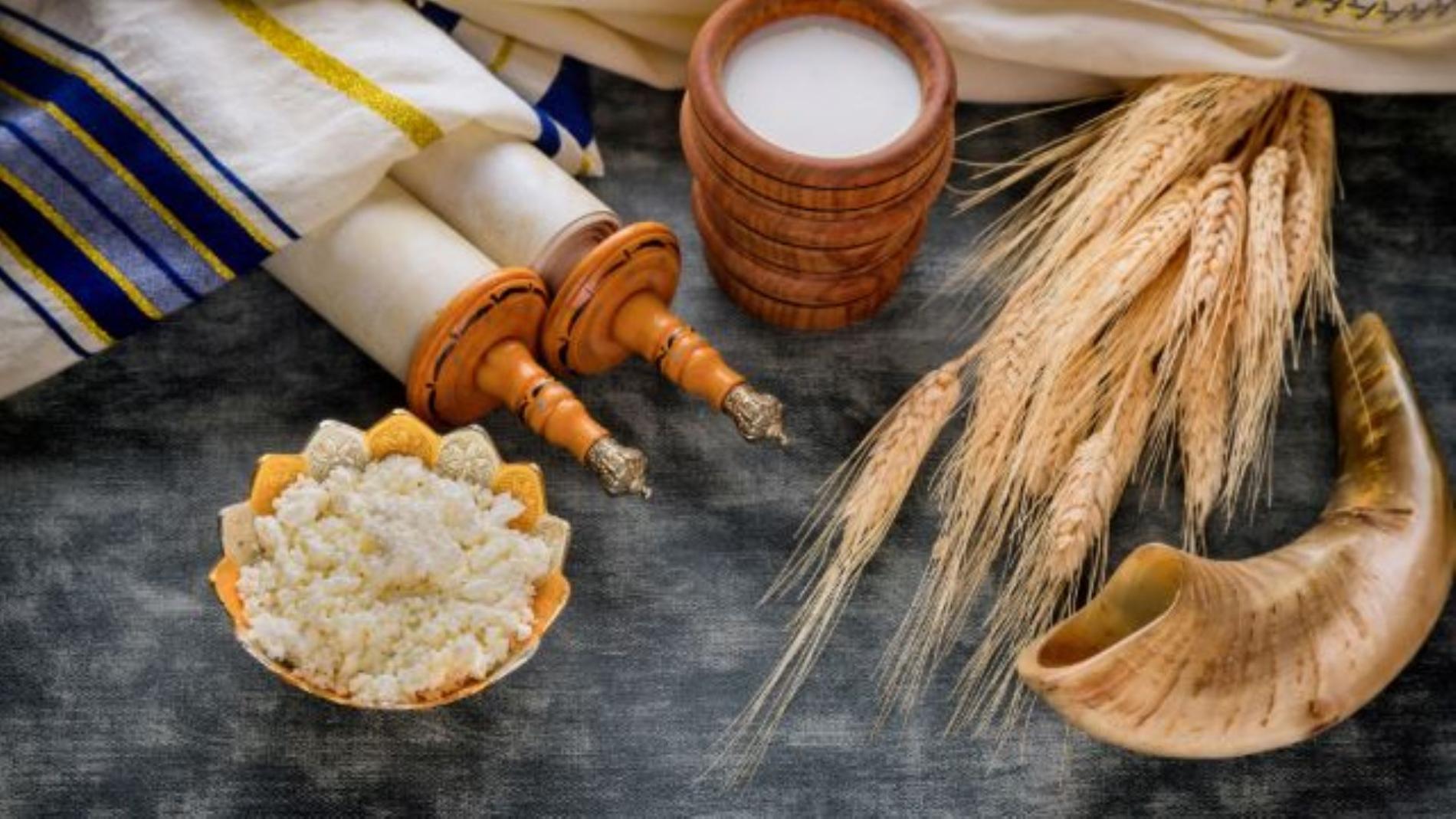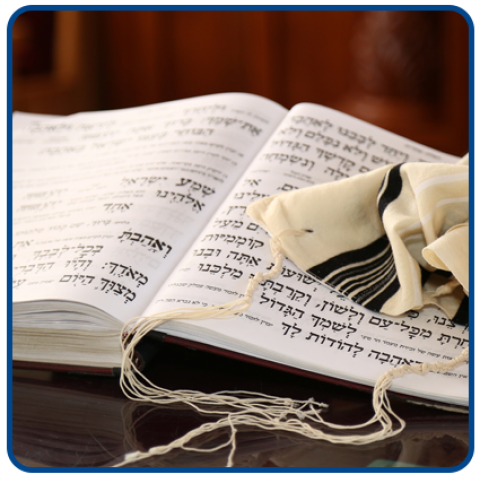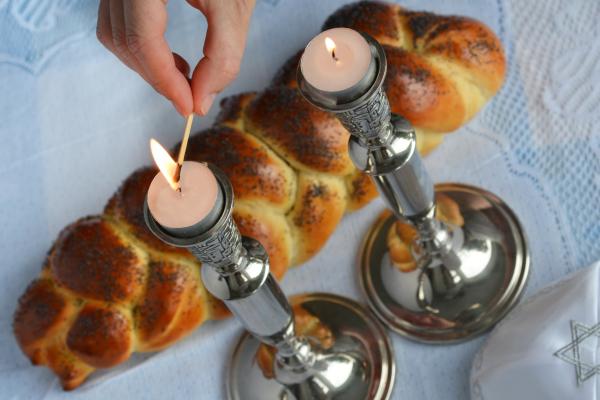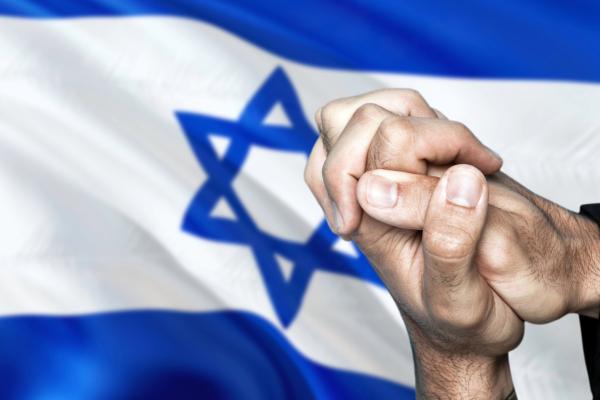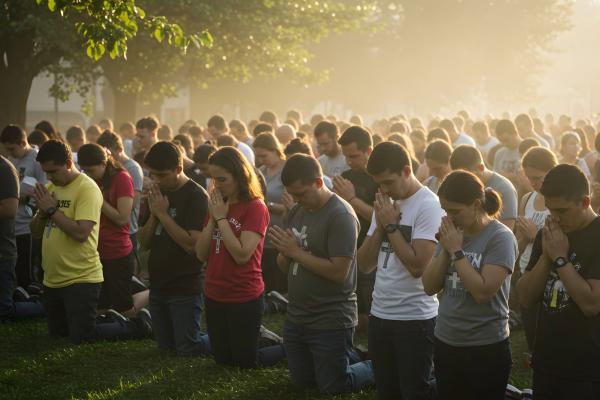You may know it as the Jewish Feast of Weeks. In Hebrew, it’s called Shavuot, which means “weeks.” Shavuot is one of the “appointed times” that God commanded Israel to keep, and its date is calculated by counting seven weeks (49 days) from the Sabbath (Shabbat) of Passover week. Shavuot is the 50th day, occurring every year on the 6th day of the Hebrew month of Sivan. On the secular calendar, Shavuot begins this year at sunset on June 1 and ends at sunset on June 3. Outside of Israel, the holiday spans two days, whereas in Israel, Shavuot observance is one day, from sunset June 1 to sunset June 2. Here are seven more things you should know about the Jewish Feast of Shavuot.
7 Things to Know about Shavuot
1. Shavuot Then and Now
Shavuot was originally an agricultural feast. God commanded Israel to bring to the Temple in Jerusalem a sacrifice of the first of their summer grain harvest. After the Temple’s destruction, these sacrifices were no longer possible. Jewish sages noted that Shavuot’s timing aligned with when the newly freed Israelites arrived at Mount Sinai, and they re-framed the holiday as a celebration of God giving us the Torah.
2. All-Night Torah Study
One of Shavuot’s unique traditions is staying up all night studying the Scriptures. It’s called Tikkun Liel Shavuot, meaning “night of correction for Shavuot,” and is based on a Jewish legend that the Israelites overslept on the morning they were to gather at the foot of Mount Sinai while Moses received the Torah for us. All-night study of the Torah and Tanach (the full Hebrew Scriptures) is a way to compensate for and correct the error of our ancestors.
3. Reading the Book of Ruth
Another Shavuot tradition is reading the book of Ruth. The most common reasons are that:
- Ruth’s acceptance of her mother-in-law’s God, the God of Israel, reflects the Jewish people’s acceptance of the Torah
- Shavuot is a harvest festival, and much of Ruth’s story occurs in a harvest setting
- Jewish tradition teaches that King David, a descendant of Ruth, died on Shavuot
4. Dairy Products
Dairy foods are a delicious Shavuot custom. The holiday is associated with scrumptious desserts like cheesecake, cheese blintzes, and savory foods like mac and cheese, creamy noodle dishes, and cheesy breads. Why is dairy part of Shavuot celebrations?
- Tradition explains that our ancestors didn’t have time after receiving the Torah to prepare meat according to its laws and therefore ate dairy that day
- Each Hebrew letter has an associated number, thus giving words a numerical value. The number for “milk” is 40, reminding us of Moses’ 40 days on Mount Sinai and the Israelites’ 40 years in the wilderness
- God promised Israel a land “flowing with milk and honey”
- The spiritual sustenance of the Torah is likened to the physical sustenance of milk
5. Synagogue Liturgies
Synagogue services on Shavuot typically include:
- Piyyutim – Jewish liturgical poems (some centuries old), chanted or sung in synagogue
- Hallel – psalms of praise
- Yizkor – the Jewish prayer service in remembrance of the dead
6. Shavuot in Israel
What does today’s Shavuot observance look like in Israel? In Israel, Jewish people celebrate Shavuot in the ways already mentioned – going to synagogue for a service, reading the book of Ruth, eating dairy, and all-night Torah study. In addition, many synagogues and yeshivas (schools for studying the Torah and Jewish tradition) offer Torah classes and lectures. Daytime festivities often include attending music festivals, exhibitions, and outdoor family activities. Growing more popular among Israel’s youth is engaging in ‘water fights” as a fun way to cool off from the heat of the summer sun. Holiday decorations often include greenery, flowers, and other items highlighting nature’s bounty.
7. Pentecost is Shavuot
As with the other biblical feasts God commanded Israel to observe, Shavuot contains a picture of what would come later. Shavuot became “filled full” on Pentecost as described in Acts chapter 2. Pentecost means “fiftieth,” and refers to the 50th day after the Sabbath of Passover week. Thus, Pentecost is Shavuot.
The Lord commanded that, for Shavuot, all those physically able to travel were to bring their harvest offerings to Jerusalem. This means that Jewish men from all over the world were present on Pentecost to see the tongues of fire descend from Heaven and hear the Good News preached in the languages of the countries they’d come from. As God gave the Torah on Shavuot at Mount Sinai, He gave us His Holy Spirit on Shavuot (Pentecost), fulfilling His promise to write His Law on our hearts (Jeremiah 31:33).
Whether you know it as Shavuot, the Feast of Weeks, or Pentecost, Shavuot celebrates the Lord’s goodness and gifts. He gives the harvest to sustain us physically. He gave us the Torah to guide and nourish us spiritually, and He gave His Spirit to all who believe in His Messiah, Yeshua (Jesus), as His guiding, sustaining, and nourishing presence with us always.



